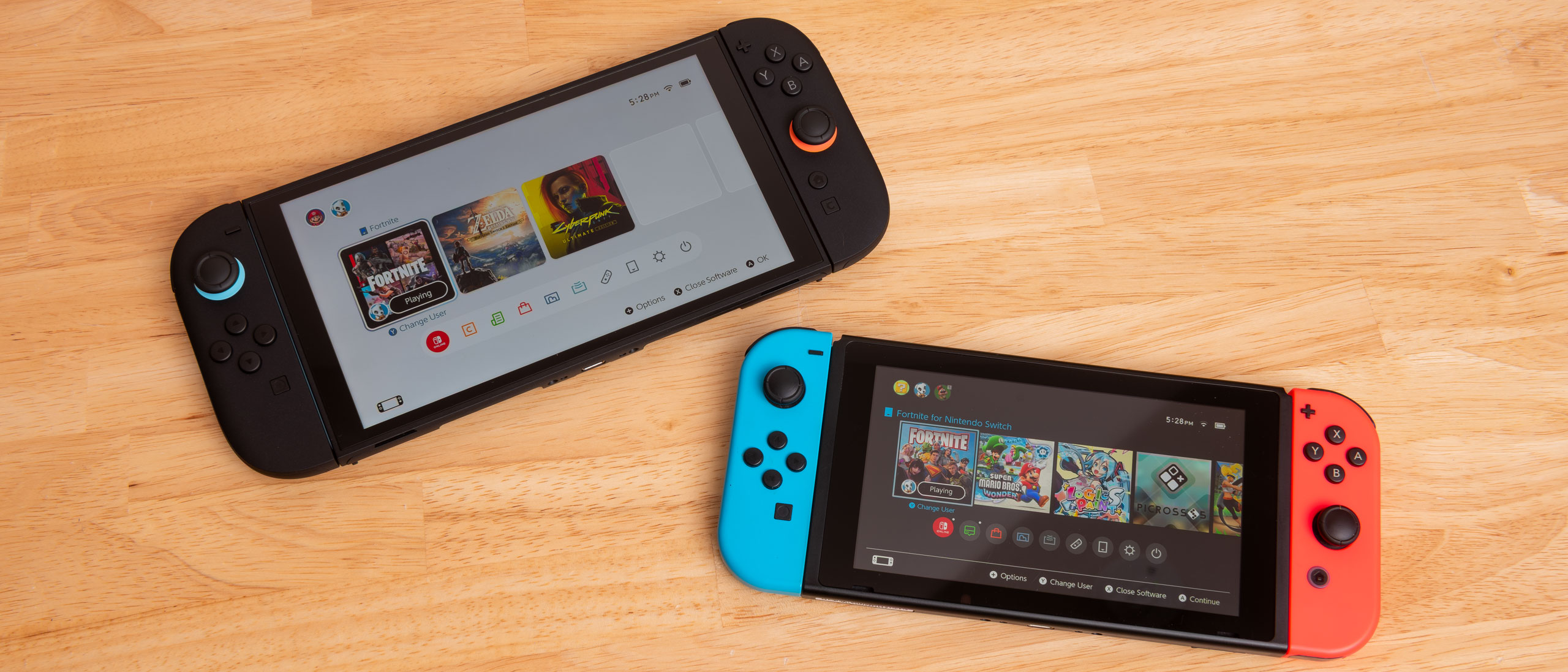naguanatak
Member
Otherwise, why did you respond to me?
Asking myself that same question right now.
Most of all that is subjective. I can go into the Steam Deck OT right now and preach how I think the NS2 is much better designed. Sure, I can do more with a Steam Deck, but the Switch 2 is - in my case - the better device. I reported that after having purchased a used Steam Deck, tested it and resold it to buy a Switch 2. My reporting that the Steam Deck is too much hassle was met with disdain and a lack of comprehension. All good, I'm happy with my purchase having tested both and deciding what is best in my use case.
It's like eating steak all day and talking about it... it's okay for people. But answer a question why you don't eat it and they will pounce on you because 'you HAVE to tell everyone ALL THE TIME' because people get triggered for different reasons.
I guess I was triggered by reading the same shit on here all the time. Didn't even check who wrote the stuff this time, honestly. Have a couple of free minutes at the desk at work and thought I respond...
No worries though. Everyone has the right to be upset and complain and come into topics to praise theirs... have at it.

